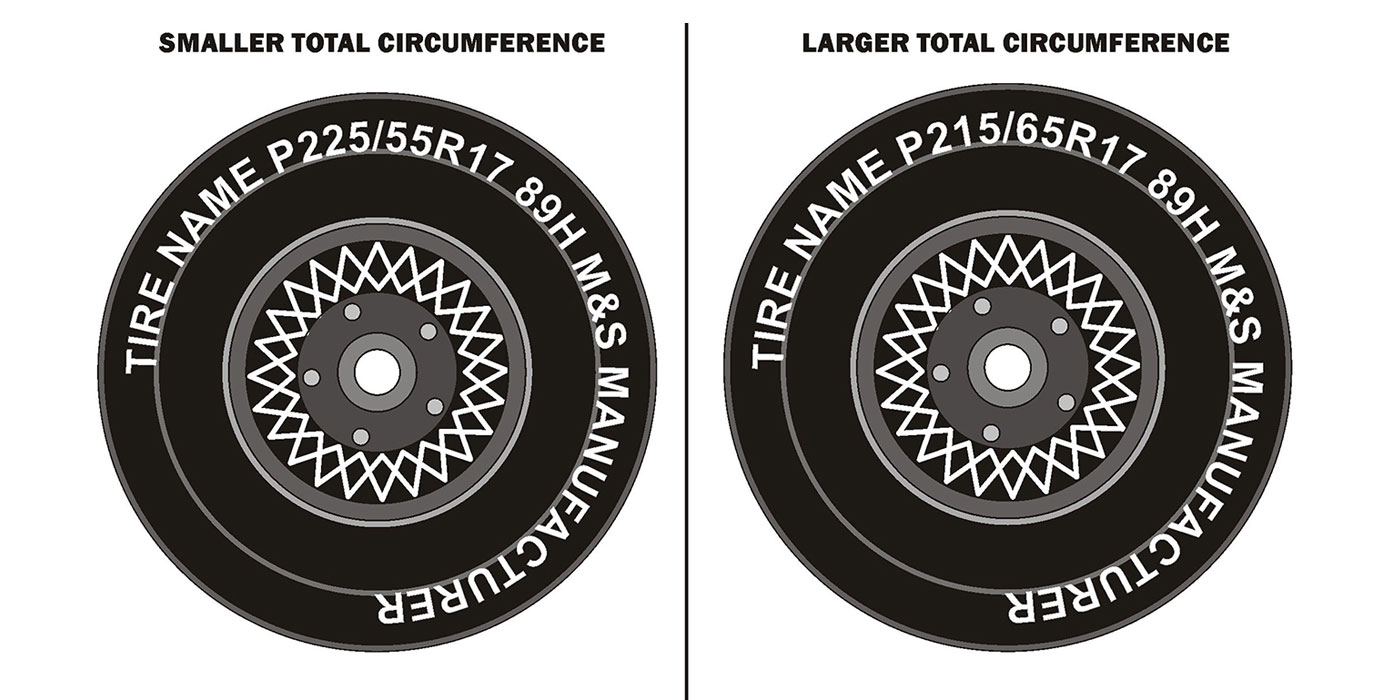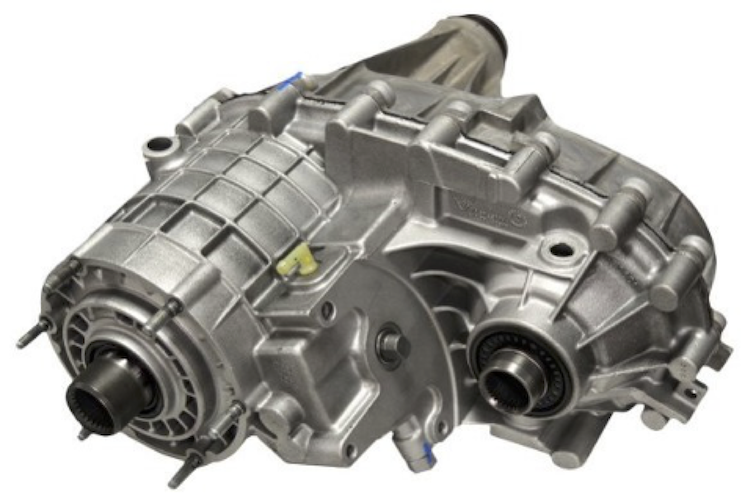
Up to Standards
- Author: Mike Weinberg
I have been involved in this industry for more years than I like to think about – before there were master kits, before there were rebuilt torque converters and before there were franchised repair chains. Never in my experience have there been market trends in the repair industry as difficult to deal with as those facing us today. The technology is incredibly complex, costs are extremely high, competition from new-car sales and factory reman programs is intense, and there is a giant vacuum in the labor supply. We are going to discuss making money with stick and automatic gearboxes and transfer cases.
The concept of making money at what we do seems on the surface to be a simple one, but nothing is as easy as it seems. The first issue you need to address is your mindset. An open mind is an absolutely necessary tool if you are to succeed in being truly profitable. The ability to look at the big picture and to embrace all the facets of making PROFITS is what separates the guy who used to work as a rebuilder for 40 hours a week at probably $1,000-plus a week before going into his own business and now works 80 hours a week for $1,000 a week and who is saddled with debt and comebacks and has little quality of life at home, and a businessman who understands PROFIT MARGINS. The man who can think “outside the box” understands that there are many ways to be profitable.
Profit starts with pricing that is in touch with your overhead. Your profit on sales is generated by charging prices for your work that makes a fair profit margin on parts and labor. If you don’t know your dead-nuts cost of doing business, you will NEVER be profitable. You set your labor rate and your parts markups to achieve a fair profit margin after your expenses have been paid.
There are many shops whose owners would be much better off working for somebody else. You cannot lose money on every job and make it up in the volume. Do not believe the government B.S. about low inflation rates. Those numbers have been endlessly manipulated to keep you complacent with costs that are escalating. Fuel costs are up dramatically, so Big Brother took fuel costs out of the inflation indicators; problem fixed, right?
If you live in the same country I do, by now you must realize that every week some part of your fixed costs is increasing. All forms of insurance, taxes, fees, labor, advertising and utilities are ever escalating. You must evaluate your charges continually to maintain that level of profit you need to make this worthwhile.
Once you have profits outlined against your cost of doing business, the next step is efficiency. Time is money, and there is no one on earth, regardless of their wealth, that has any more time than the next man. You become more profitable by not wasting time on jobs that are losers, mistaken diagnosis, cheap will-fit parts that will come back under warranty, wasting your valuable labor resources on unprofitable work, and mistakes in diagnosis that cause the loss of valuable shop time for no gain.

Here are some examples of these financial drains:
- A customer brings in a late-model 4×4 vehicle with a complaint about the transfer case. The vehicle is road-tested, the complaint is verified, and the transfer case is removed and inspected internally, but there is nothing wrong inside the unit. In the rush to concentrate on the “unit repair,” nobody looked at the whole vehicle. Later they discover that the tires on the vehicle are mismatched for diameters and pressures, and there was nothing wrong with the transfer case.
- The shop has five automatic units that need to be rebuilt this week, and in comes a job on a standard transmission. One of the automatic units has suffered massive planetary failure, the other four are soft-part jobs, and the stick needs a bucket of parts. Which is the right way for you to allocate your labor resources? If you have five rebuilders on staff, by all means put them to work, but if you are like most shops, consider letting your one builder do the easy ones, buy a factory reman for the badly damaged auto, and buy a reman stick unit from your gear vendor.
- Stocking adequate inventory levels of the parts and units you sell regularly will create more completed work each week. Track the number and kinds of units that you routinely sell and maintain an inventory that is adequate to get the work in and out quickly. Sure, your suppliers can give you just-in-time delivery, but what happens on a Thursday when you could get the job out Friday if you had the parts but the delivery doesn’t make it? Lost-opportunity costs kill part of your profit.
- Do not work on losers. What is a loser? It is a job that you haven’t done before and is going to take a significant learning curve, some special tools and a safari to locate parts. This does not mean throw the job away, but it does mean to treat it as a potential time waster. If you have no jobs in the shop, by all means dig into it, as there is no better way to get busy than to have a lift tied up with some antique or exotic car. Do some research, locate a source for parts or a reman unit, figure out the correct labor costs, and make sure you have the right diagnostic tools to do the job before you get involved. Remember, a lot of these types of cars come with exotic owners who also have a squad of flesh-eating attorneys on retainer.
- Poor inspection procedures kill profits. Quotes for repairs should be made only after a complete teardown and inspection of the unit. This is critical on standard transmissions because of the number and expense of related hard parts. Anything missed on the initial quote will be provided by the shop for free or will result in a major hassle trying to move the customer from a previously quoted price. Now is the time when every aspect of the vehicle should show up on the work order. Powertrain mounts, clutches, slave cylinders, leaking brake calipers, mismatched tires, bad exhaust system – all these should be noted and priced for the customer. If they refuse the work, you have made the notes and can amend your warranty, and most of the time the people are happy for the attention you are paying and they get added value while your RO has a better profit.
Be thorough to be profitable. Every dollar that you cut from waste goes right to your bottom line. This means that there needs to be a concentrated effort in learning the theory of operation, power flow, noise diagnosis, and the investment in manuals, online tech services and diagnostic equipment needed to be fully functional in the real world. Comebacks and no-go units cost you big-time in dollars, shop morale and customer satisfaction.

At least 50% of the calls on the tech line are generated by shops that are not fully educated in the work they are doing or have not learned to look at the whole vehicle. The modern automobile is a combination of very complex interconnected systems that must function together correctly. Do not let the unit you are working on isolate your thought patterns from the whole vehicle. A knowledge of how these connected systems affect each other is a must for you to remain profitable.
An electronic transfer case that is not shifting can be caused by a relay in the engine compartment, a bad manual-lever-position sensor, or a bad horn or rear-defroster circuit on some vehicles. Noises travel from differentials or wheel bearings and can sound as if they are in the transmission. An improperly installed aftermarket CD player can stop a unit from shifting correctly. Putting the wrong lube in a standard transmission can create shift problems or outright unit failures.
Make the investment in learning and diagnostic tools to make more profit. Not long ago I had a request from a shop for a wiring diagram for an electronically shifted transfer case, and when I asked for the shop’s fax number I was told it did not have a fax. I then asked whether they were intending to stay in business and was told that fax machines were “expensive.” I asked whether they had a tool vendor who came to their shop regularly and was told, “of course.” I then asked whether the $95 cost of an HP copier/fax/printer/scanner was more than they spent with the tool vendor – dead silence. If you don’t want to help yourself, who can help you?
Neils Bor, the great nuclear physicist, once said, “An expert is a man who has made all the mistakes possible in a narrow field of endeavor.” I am an expert, as are many of you; we have all learned hard lessons from our mistakes. There is no trap worse than the trap you set for yourself. Seeking profit in the wrong places is a waste of time, and you soon sink into a money pit.
There is a big trend today to seek additional profit by buying the cheapest parts. This usually comes back to bite you on the wallet. There are people who will sit on a phone for two hours to save a few dollars on parts when they could have been doing something constructive that could net thousands. There are any number of OEM-qualified suppliers to our industry that will provide you with the same parts that the manufacturer has validated. You have no idea what a vendor has to do to get the automakers to validate a part for use in their system.
For instance, a manufacturer of synchronizer rings will provide a sample order of 2,000 rings for testing. These will be installed in a transmission mounted on a test machine that will perform hundreds of thousands of shift cycles under load to determine the durability of the product. Quality control, durability, ability to withstand temperature extremes and consistency of manufacture all need to pass before the product will be accepted.
The other side of the coin is called product liability. You are responsible for the proper operation of your finished products and the safety of your customers under our system of justice. An OEM supplier will be part of the solution in a lawsuit for a failure that caused injury as a result of parts you installed. An aftermarket supplier who is not OEM capable may be of no help at all.
I have done quite a bit of expert-witness work defending manufacturers in product-liability cases. A few of these have been wrongful-death claims in the multimillion-dollar ranges resulting from accidents supposedly caused by parts failures in the vehicle.
The cost of winning one of these suits is in the millions, because our system does not award court costs to the winner. If you buy the best branded parts you can and mark them up for the profit margin you are trying to achieve, you also will have some peace of mind from the ever-present threat of litigation that is now the fabric of our society.














